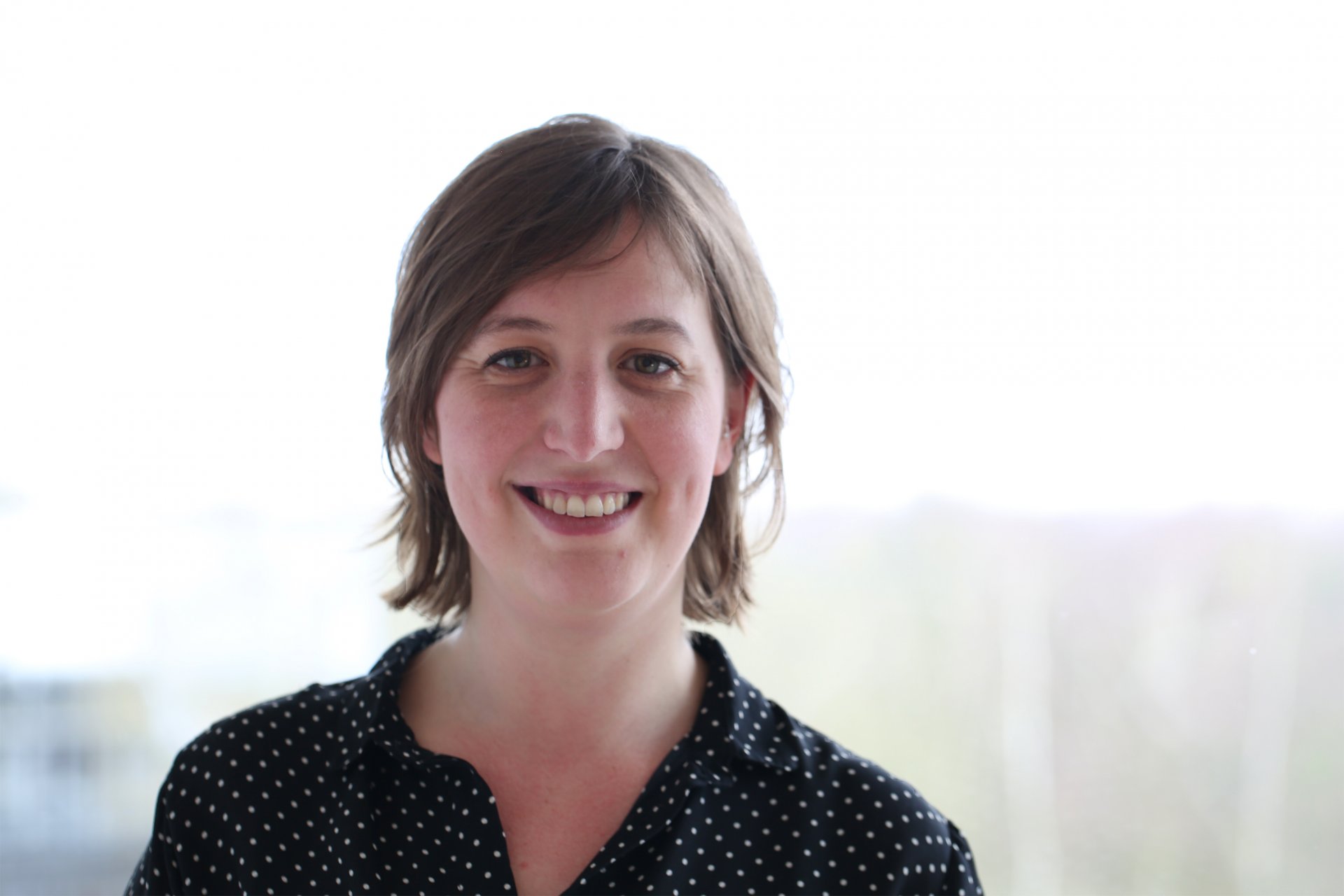- Abteilungen
- Abteilung Biogeochemie
- Forschungsgruppe Biogeochemie
- Mitarbeitende
- Hannah Marchant
Dr. Hannah Marchant
Scientist
MPI for Marine Microbiology
Celsiusstr. 1
D-28359 Bremen
Germany
|
Raum: |
3135 |
|
Telefon: |

Microbial ecology and biogeochemistry of coastal sediments
A major focus of my research is the microbial ecology and biogeochemistry of coastal sediments, encompassing beaches, intertidal flats and the subtidal sediments of the continental shelves. These environments are disproportionately affected by anthropgenic activities which leads to coastal erosion, sea-level rise, warming and eutrophication. Therefore, I am particularly passionate about not only deciphering the cycling of carbon and nutrients in these sediments, but linking such transformations to the microorganisms that carry them out. It is only by examining both that we will be able to predict the responses of coastal sediments to continuing climatic pressure.
I largely focus on sandy sediments, as these cover the vast majority of the continental shelves. Unlike muds, sands are permeable in nature. As a result, the interaction between sediment topography (in the form of small ripples) and bottom water movement causes advective flow of porewater within sands, supplying and removing electron donors and acceptors at velocities orders of magnitude higher than diffusion. This enhanced porewater supply, combined with apparently highly adapted microbial communities, leads to intense biogeochemical cycling and activity in sandy permeable sediments. As a result they can act as a biocatalytic filter, removing anthropogenic pollutants such as nitrate from the coastal zone and reducing it to inert dinitrogen gas.
Organic nitrogen utilization by marine nitrifiers
The process of nitrification plays a critical role in marine nitrogen cycling, as it converts ammonium, via nitrite, into nitrate, which is the most abundant form of inorganic N in the oceans. Ammonia oxidizing archaea (AOA) are the main microorganisms which carry out ammonia oxidation in the oceans, moreover they are amongst the most abundant marine microorganisms overall. Despite the ubiquity of marine AOA, the main substrate that they require - ammonium - is present at vanishingly low concentrations in most of the ocean. Research that am involved in within the biogeochemistry group delves into the extent to which marine nitrifiers in both the water column and sediments use organic nitrogen sources, such as urea, to supplement their ammonium demand.
Research interests
- Nitrogen cycling rates and microbial communities in sandy sediments; from beaches to the shelf break
- The influence of dynamic redox conditions on nitrogen cycling communities
- Nitrogen cycling pathways, oxygen dynamics and the fate of DOM at sites of groundwater seepage and within the seawater recirculation zone on beaches
- The impact of nutrient and carbon degradation in shelf sediments on material laterally advected to the open ocean and deep seafloor